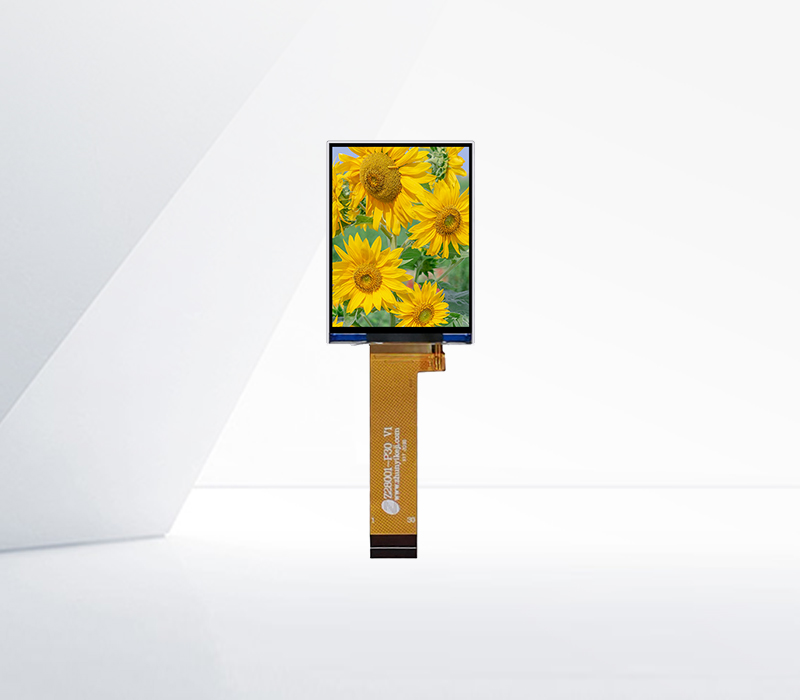




VGA (Video Graphics Array) interface LCD liquid crystal screens have a long history in the display industry and have played a crucial role in connecting various devices to displays. Although newer interfaces such as HDMI and DisplayPort have emerged, VGA interfaces still have their place in certain applications.
The VGA interface uses an analog signal to transmit video data, which consists of red, green, and blue (RGB) color signals, along with a synchronization signal. This interface has been widely used in computer monitors for many years. It is compatible with a large number of legacy devices, including older computers, laptops, and projectors. For example, in some corporate environments or educational institutions with older IT infrastructure, VGA - enabled LCD screens are still in use because they can easily connect to existing computers without the need for additional adapters or upgrades.
One of the advantages of VGA - interface LCD screens is their simplicity and ease of use. The VGA connector is a well-known and standardized interface, making it easy for users to connect and disconnect devices. Additionally, VGA interfaces can support a wide range of resolutions, although their performance may be limited compared to digital interfaces when it comes to high-definition and high-resolution displays.
However, VGA interfaces also have some limitations. Since they use analog signals, the video quality may degrade over long cable lengths or due to interference. The signal can be affected by electromagnetic fields, resulting in image artifacts such as color distortion or ghosting. Moreover, VGA interfaces do not support audio transmission, so an additional audio cable is required if sound is needed. As technology continues to advance and the demand for higher-quality, digital video transmission increases, the use of VGA - interface LCD screens is gradually declining. Nevertheless, they still serve as a reliable option in situations where compatibility with older devices is a priority.
